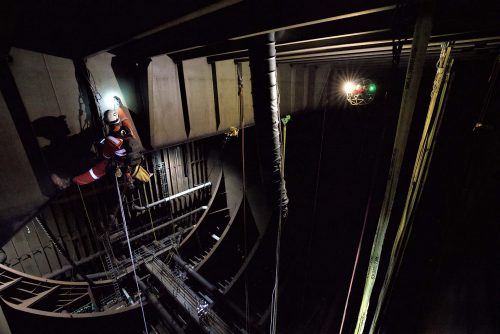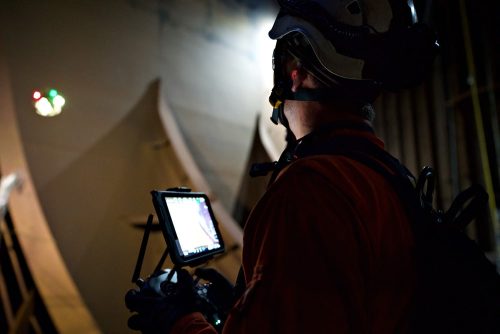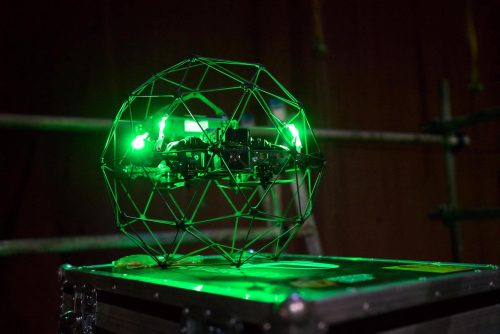Vertech was engaged in delivering cargo tank inspection services on hull areas inaccessible by conventional methods. The successful UAV inspections reduced H&S risk to personnel and saved the client three weeks of additional work while significantly reducing the amount of confined space entry and working at height.

UAV Cargo Tank Inspection
Innovation
Vertech Group was contracted to inspect the 6 Centre Cargo Oil Tank (6CCOT) as part of an FPSO special survey under Lloyd’s Register supervision.
The inspection was carried out across three campaigns. During the first two campaigns, challenges were encountered in accessing certain areas of the tank.
Close Visual Inspection (CVI) was required on all deck longitudinal connections to both transverse bulkheads and every transverse web frame connection to both longitudinal bulkheads. Access to these areas was risky, as the tank temperature was in the 35-45 Celsius range and the humidity close to 90%.
With Vertech’s recent addition of Flyability’s Elios 2 UAV, it was decided to execute the remainder of the CVI requirements using the drone. I undertook advanced training in the operation and maintenance of the Elios 2 before mobilising with it.
The Centre COT inspection was the first time the Elios 2 was used on-site. There was some uncertainty about how the drone would perform on a continuously moving vessel, and we were unsure whether the UAV would follow the heave of the boat when attempting to carry out the visual inspection.
Solution and Results
The first few flights were reconnaissance flights to ensure everything was functional, there were no hazards that would potentially damage the drone, and that flight paths were clear.
The UAV performed far better than we anticipated. Sensors on the drone lock onto the surrounding structure, allowing it to compensate for the vessel’s heave automatically. These sensors also prevented the drone from contacting the target structure, which gave the team confidence when flying in a confined space. Due to improved lighting, we could also provide depth and dimensionality to the object being inspected.
Using the UAV, we carried out all of the visual inspection requirements in 6CCOT. The Lloyd’s surveyor was present for part of the trip. He witnessed the Elios 2 in action and asked us to perform several inspections in the tank. Several of the core crew, including the Offshore Installation Manager and Production Supervisor, also entered the tank to see the UAV at work.
We received very positive feedback on the performance and usability of the UAV, not only for tank inspections but also for other inspections. The UAV significantly reduced the time required to complete the inspection, was more cost-effective, and massively reduced the risk to technicians when it came to Confined Space Entry (CSE).
As we advance, the possibilities and opportunities the Elios 2 can provide are very promising. With Lloyd’s approval in place, I see this piece of kit as an invaluable addition to any inspection scope.






